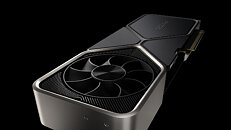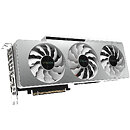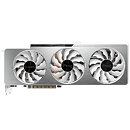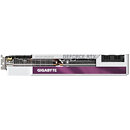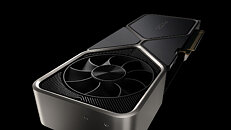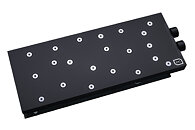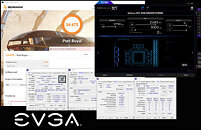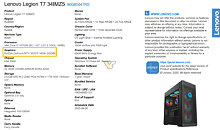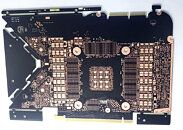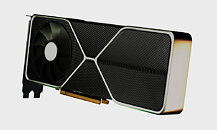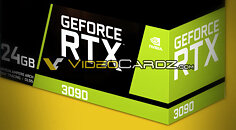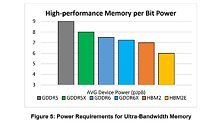
NVIDIA Allegedly Already Preparing an RTX 3080 Ti Graphics Card
This generation's GPU release is shaping up to be one of the most interesting in late years; for some good reasons, and bad reasons alike. We've heard - keep in mind, not seen - NVIDIA back down from multiple graphics card releases (the double VRAM versions of RTX 3070 and 3080 come to mind); postponing the RTX 3070 until after they have gleaned exactly what AMD will be offering with their RX 6000 series; preparing to launch an RTX 3060 Ti with no announcement whatsoever and before the RTX 3060 is ever launched; and now, apparently, the company is readying a response to AMD's as-of-yet-unannounced RX 6000 series in the form of the RTX 3080 Ti.
Recent performance leaks have placed an unclear AMD GPU (and apparently, not even the fastest Big Navi chip at that) at the same performance level as NVIDIA's RTX 3080, which is a tremendous increase in performance for the red team, coming from years of only being able to effectively compete in the midrange offerings. Now, Kopite7kimi, a known leaker with a proven track record, has claimed that NVIDIA is already prepping a new GA102-based graphics card, sitting in performance between the RTX 3080 and RTX 3090. He lists identifies the GPU as GA102-250-A1, 9984FP32, 384bits GD6X - let's call it the RTX 3080 Ti. If those details are correct, this is yet another product demanding the same 628 mm² GA102 GPU be available for it - in a scenario with inadequate availability of the RTX 3080, 3090, and likely 3070 Ti graphics cards already, should that later one actually materialize. The memory bus on this prospective RTX 3080 Ti is apparently inheriting the same design as the RTX 3090, with a 384-bit solution (compared to the RTX 3080's 320 bit), and likely 12 GB of GDDR6X memory.
Recent performance leaks have placed an unclear AMD GPU (and apparently, not even the fastest Big Navi chip at that) at the same performance level as NVIDIA's RTX 3080, which is a tremendous increase in performance for the red team, coming from years of only being able to effectively compete in the midrange offerings. Now, Kopite7kimi, a known leaker with a proven track record, has claimed that NVIDIA is already prepping a new GA102-based graphics card, sitting in performance between the RTX 3080 and RTX 3090. He lists identifies the GPU as GA102-250-A1, 9984FP32, 384bits GD6X - let's call it the RTX 3080 Ti. If those details are correct, this is yet another product demanding the same 628 mm² GA102 GPU be available for it - in a scenario with inadequate availability of the RTX 3080, 3090, and likely 3070 Ti graphics cards already, should that later one actually materialize. The memory bus on this prospective RTX 3080 Ti is apparently inheriting the same design as the RTX 3090, with a 384-bit solution (compared to the RTX 3080's 320 bit), and likely 12 GB of GDDR6X memory.
